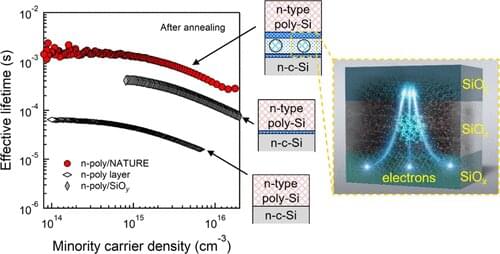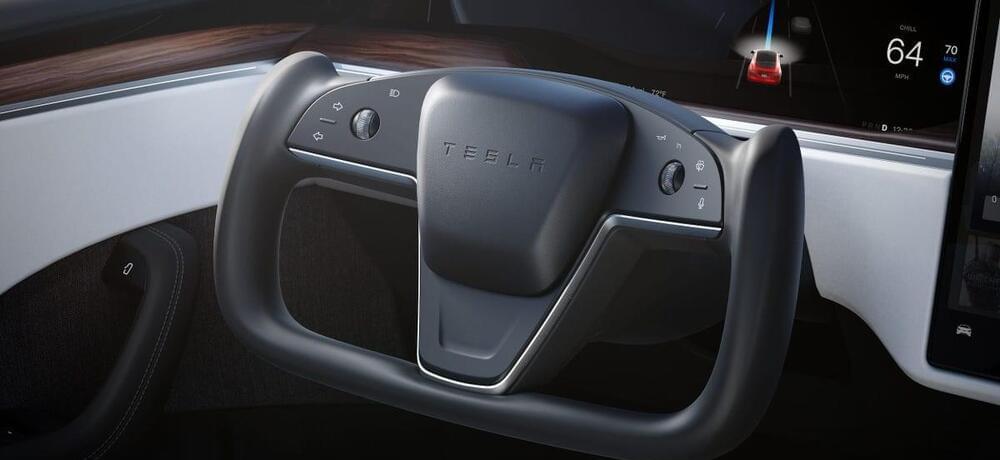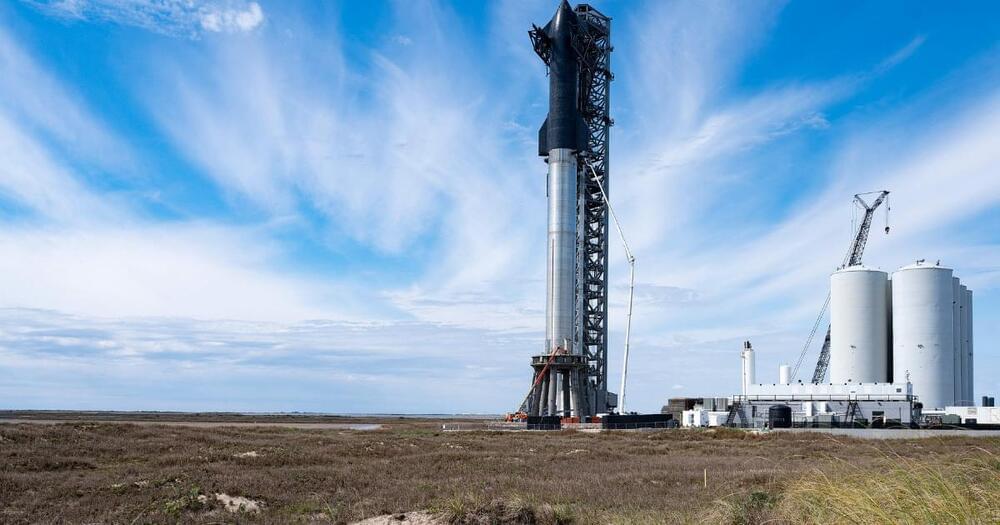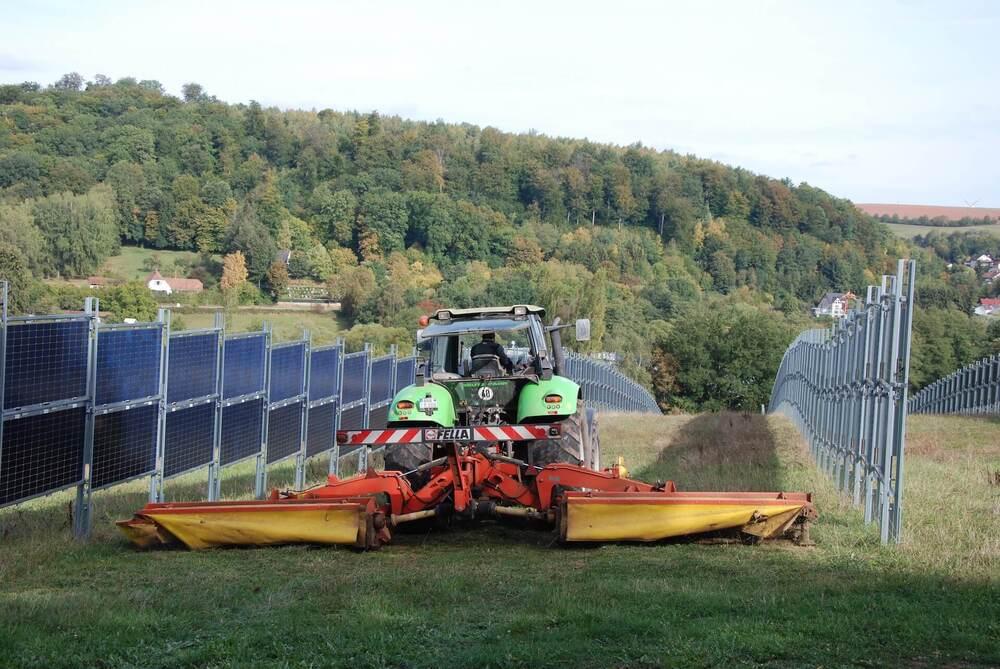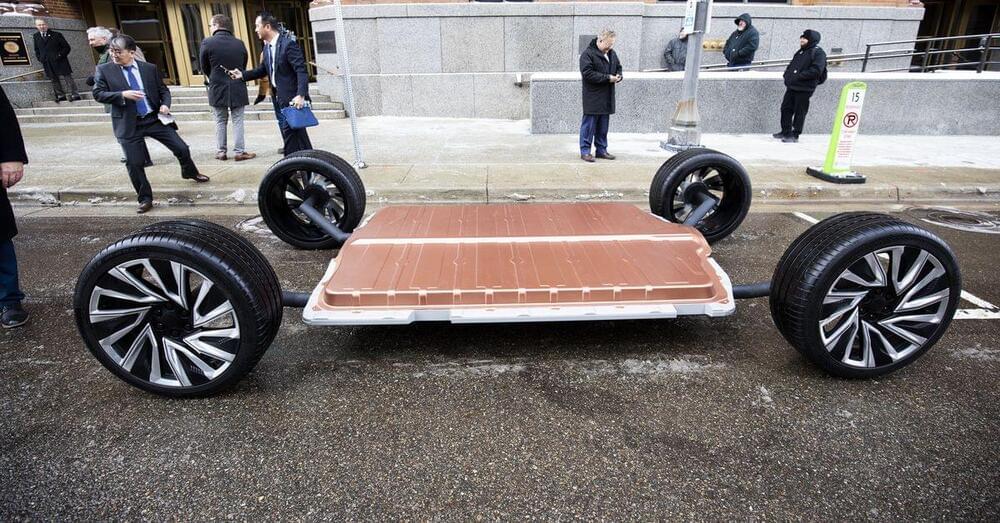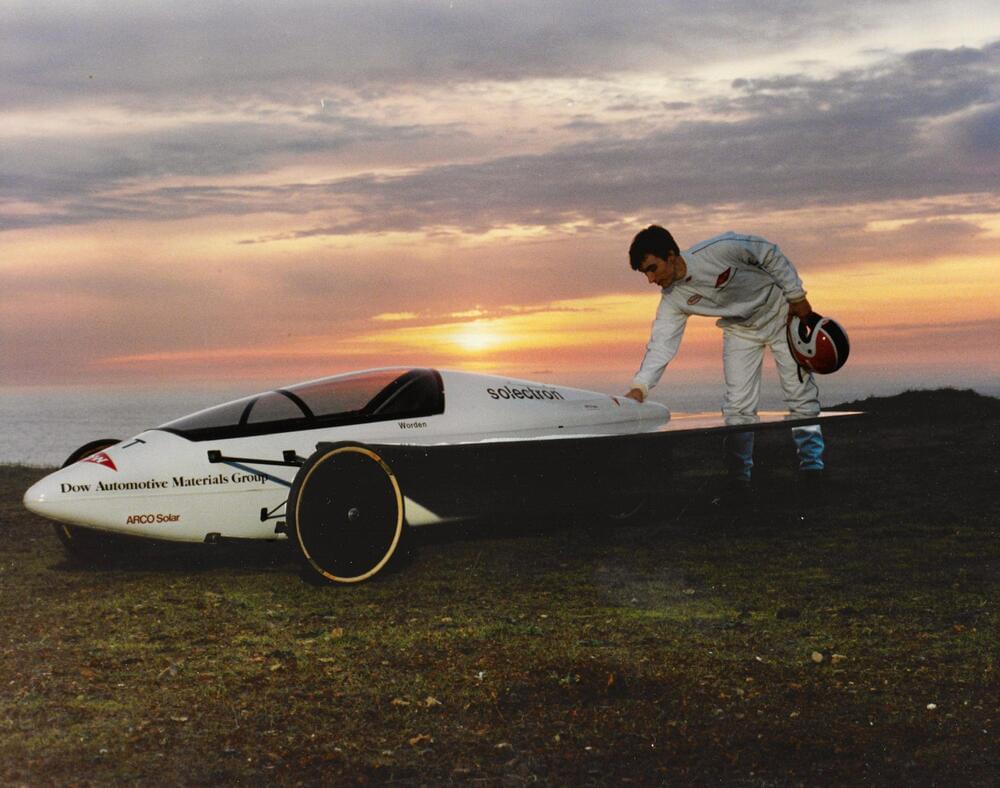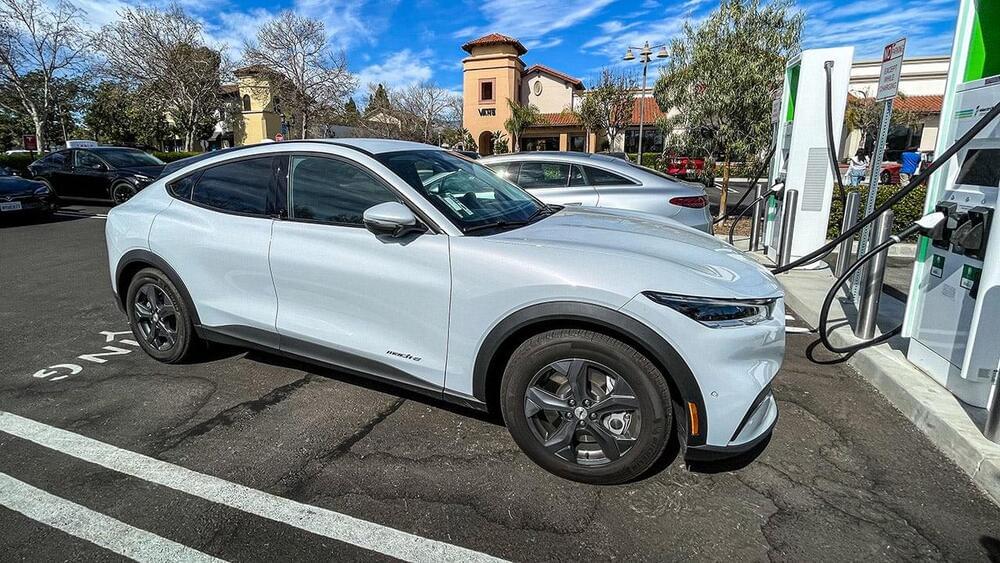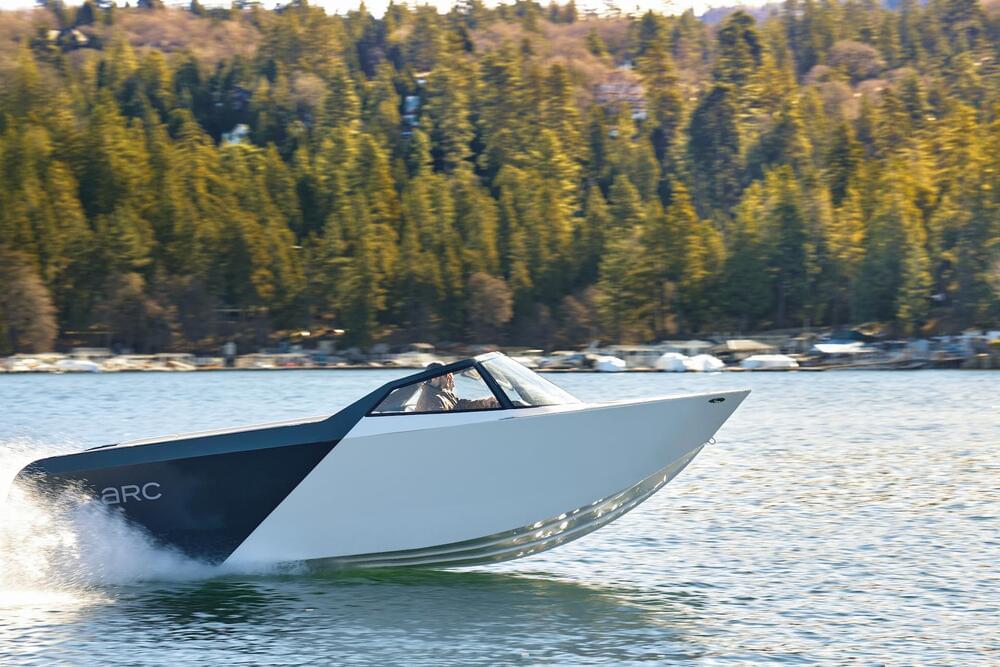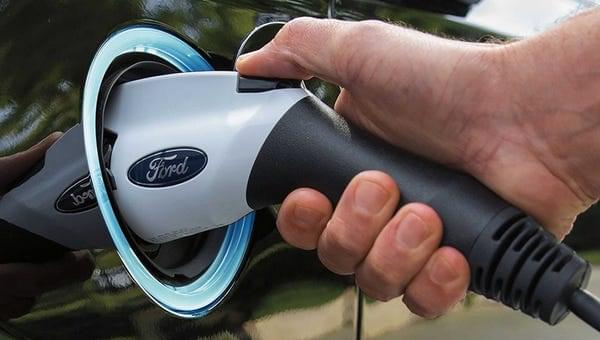Mar 14, 2022
Meet The Infinity Train That Recharges Itself Using Gravity And Huge Batteries
Posted by Shubham Ghosh Roy in categories: energy, sustainability, transportation
Also read: india creates world’s first DC electric train engine with regenerative braking, promises rs 25 lakh saving per train.
Dubbed Infinity Train, it works by using gravitational energy created on the downhill sections of the rail network to recharge its battery power and eliminate the need for recharging on the return leg of the journey.
The train will allow for a capital-efficient solution for removing diesel and pollutants from Fortescue’s rail operations. It will also help remove the need for the generation of renewable energy as well as the setting up of expensive charging infrastructure.

